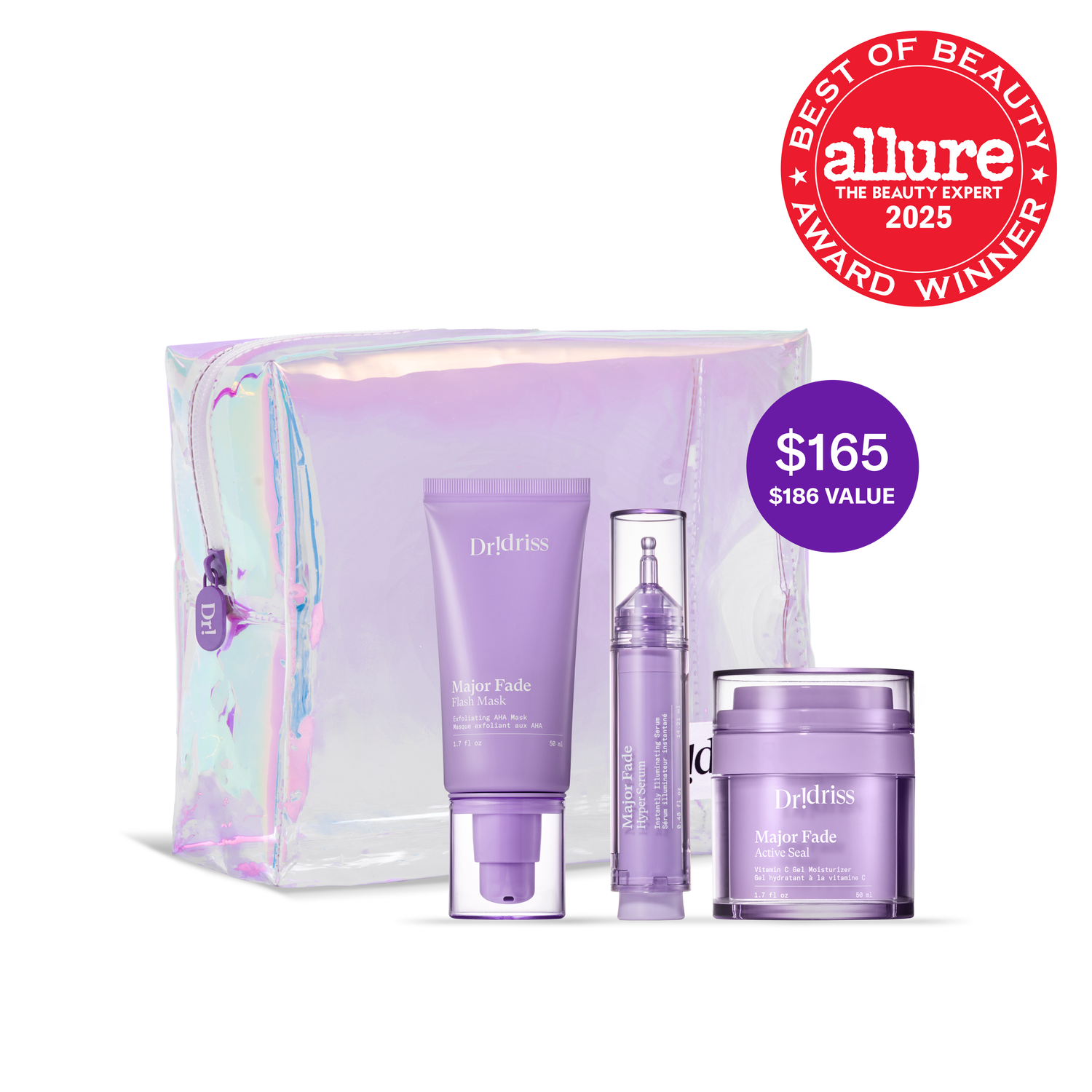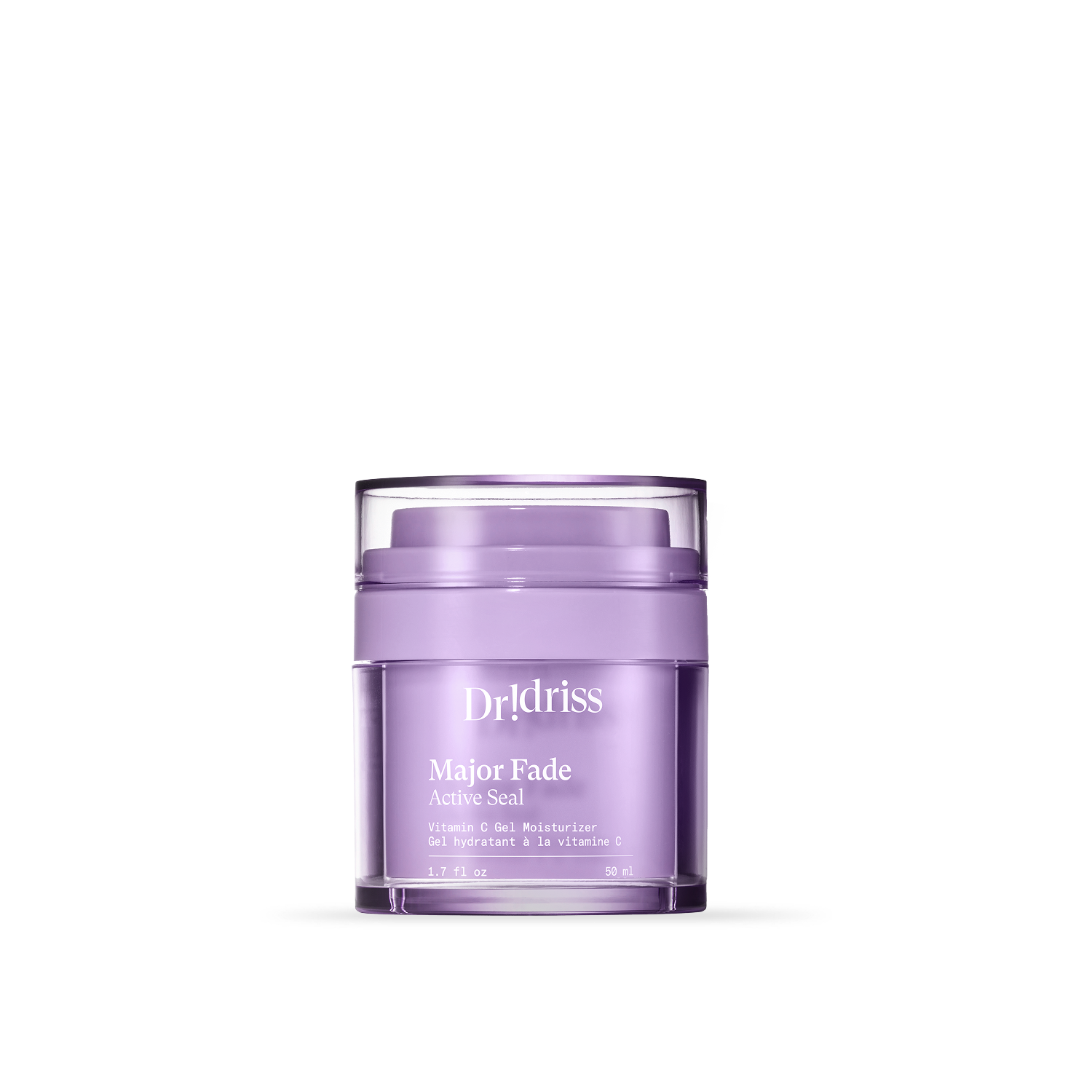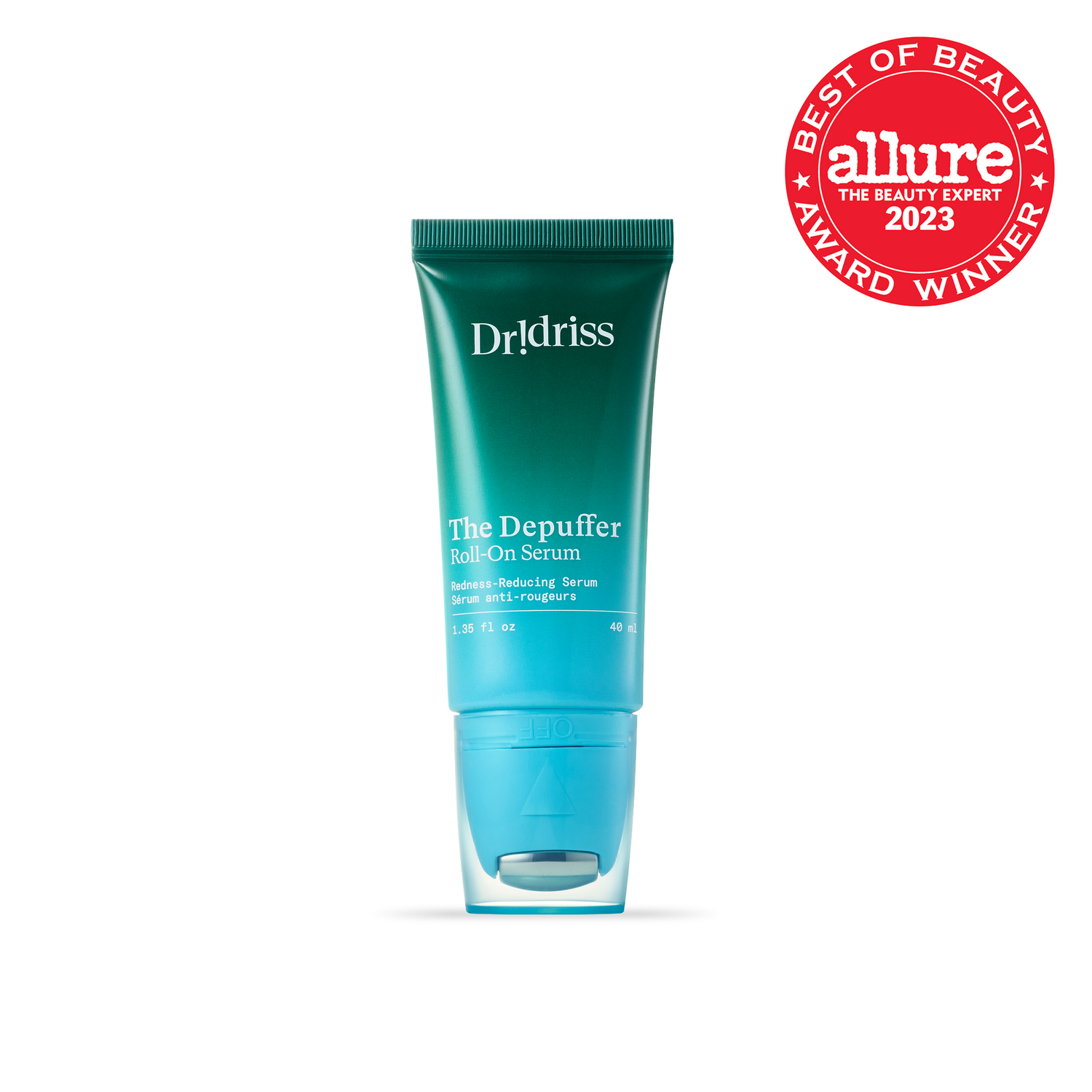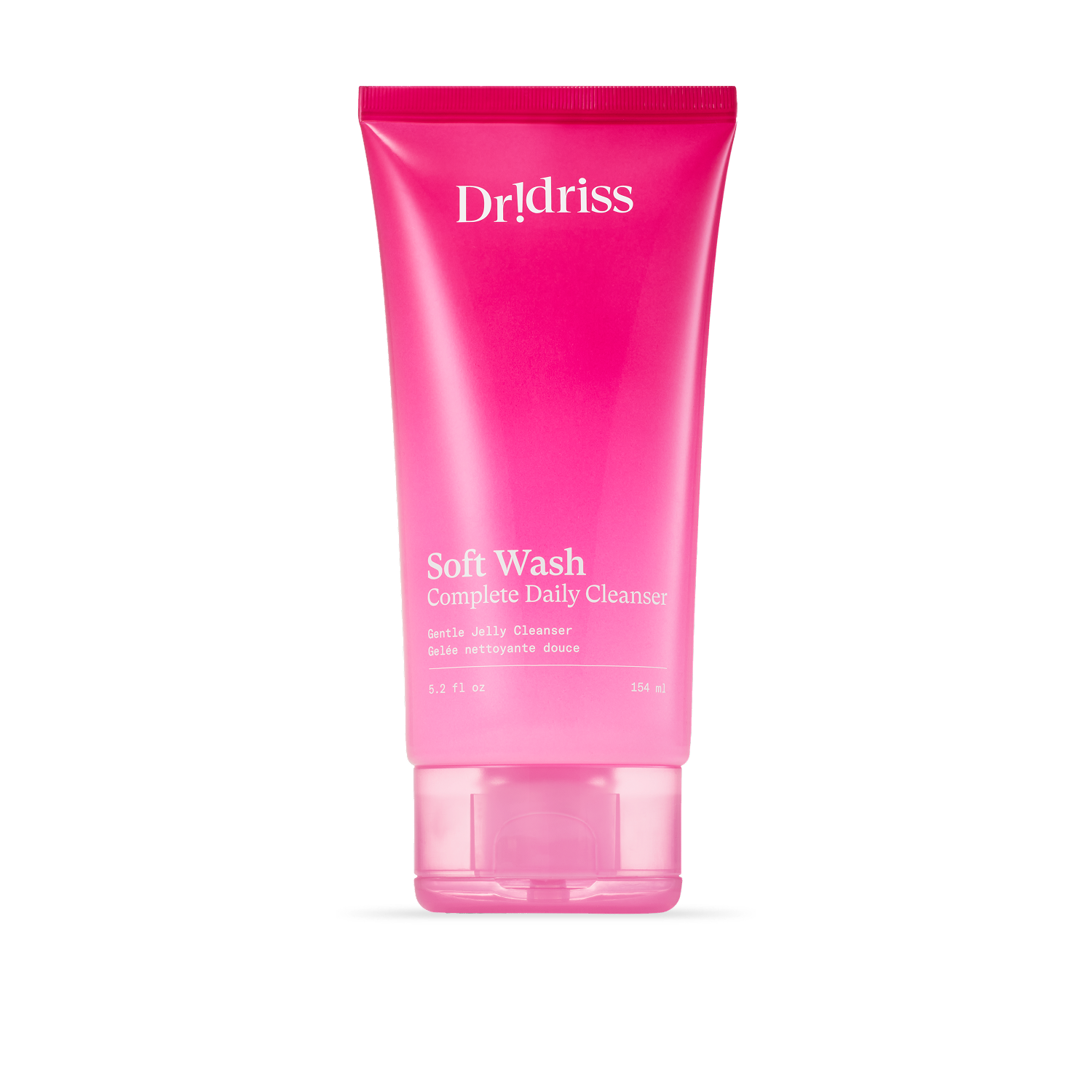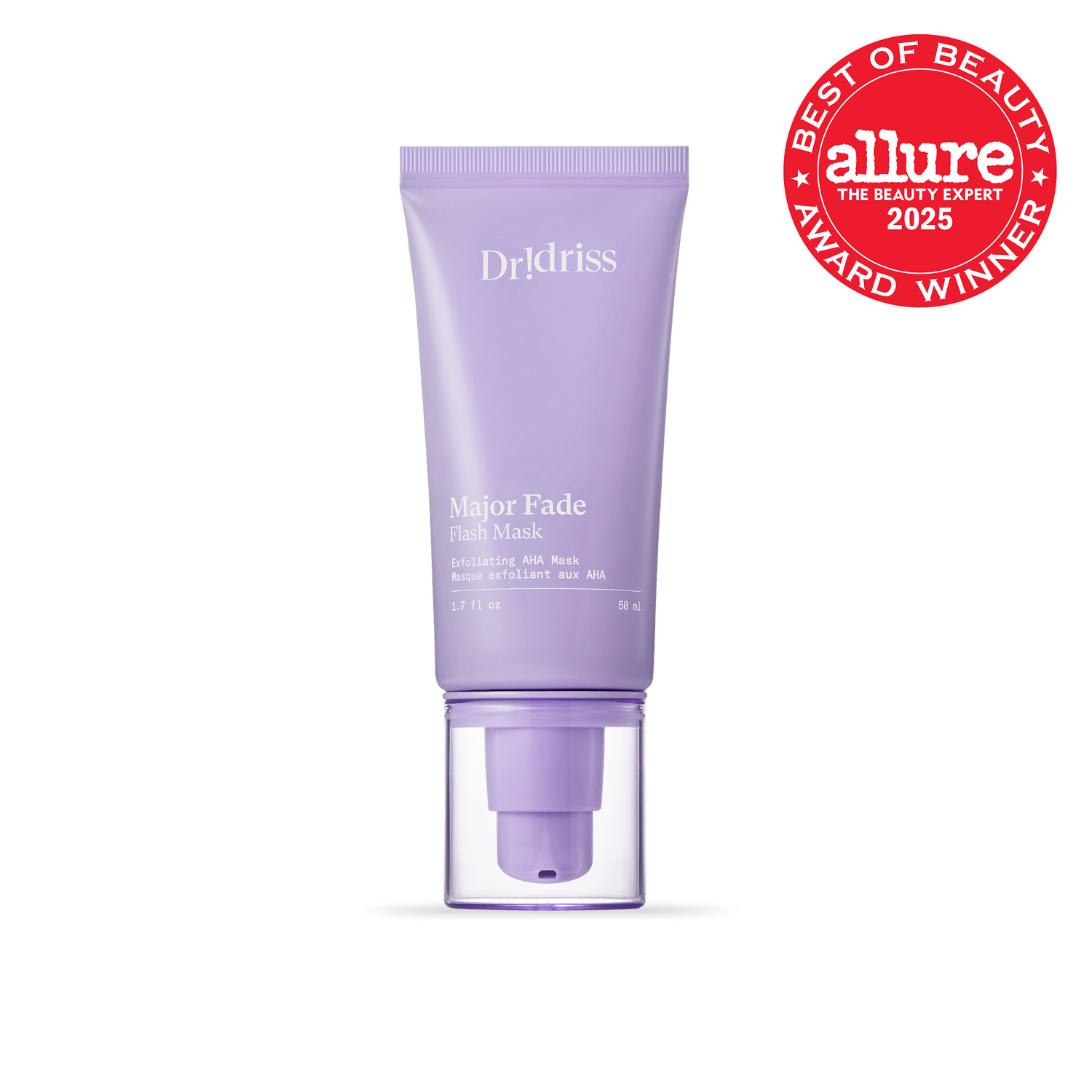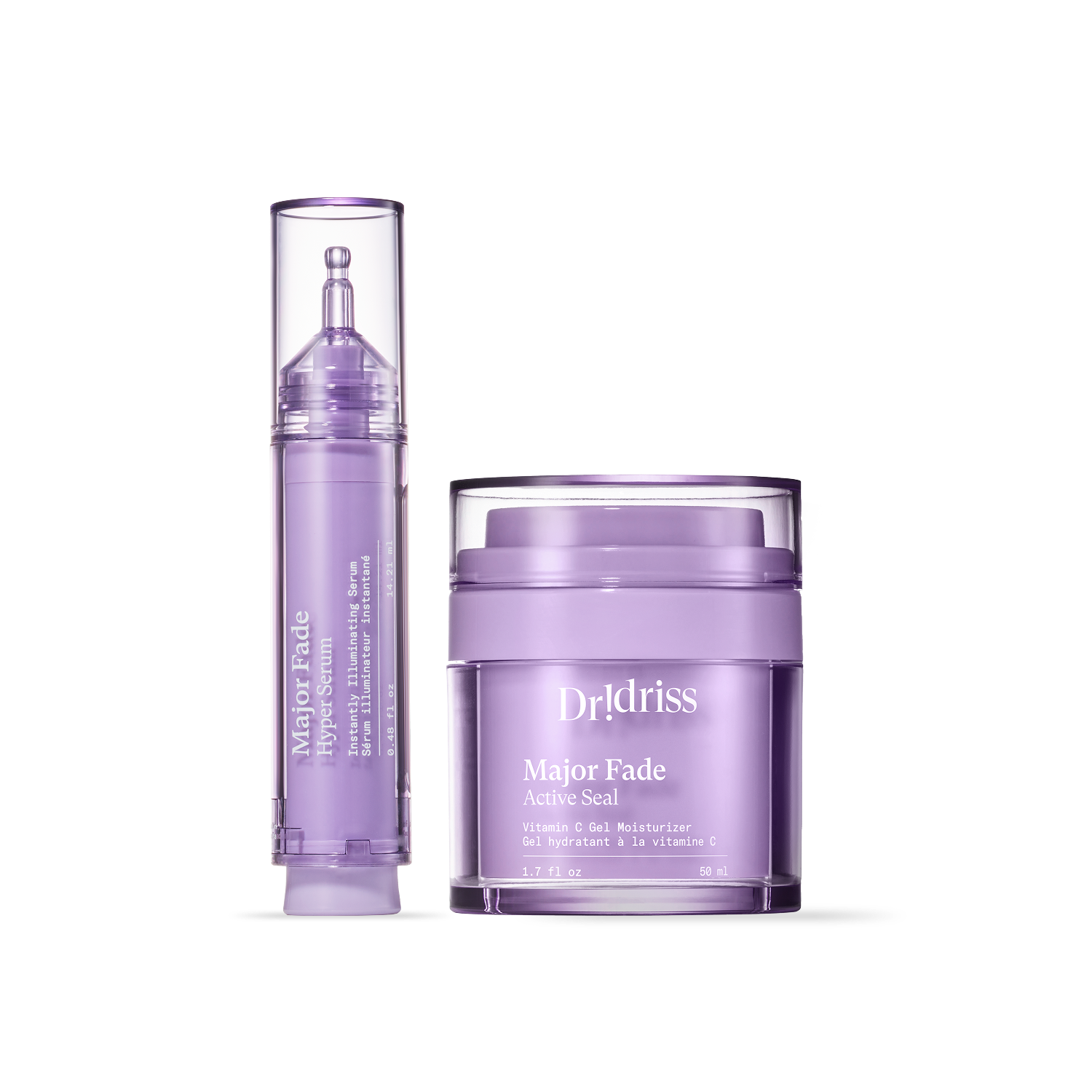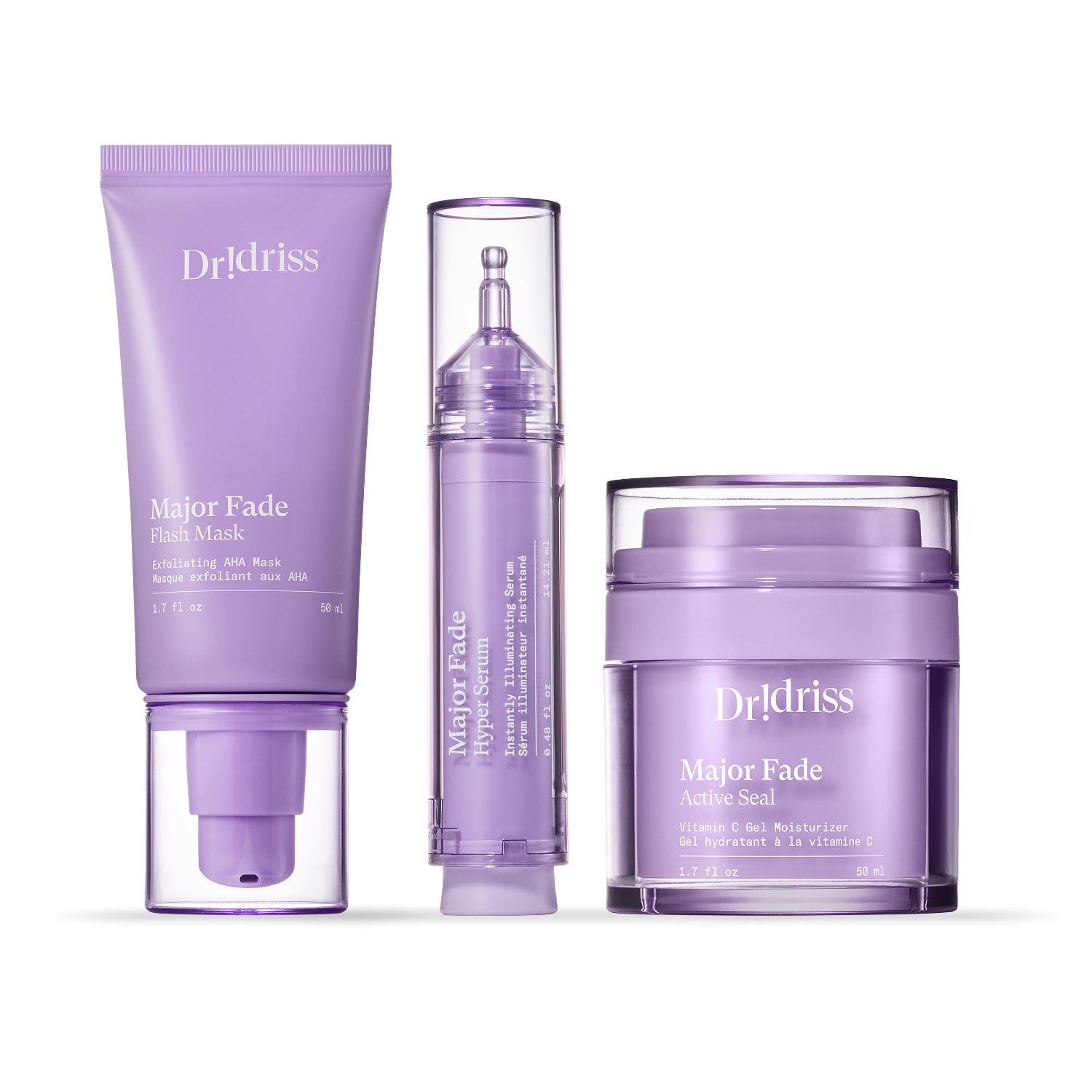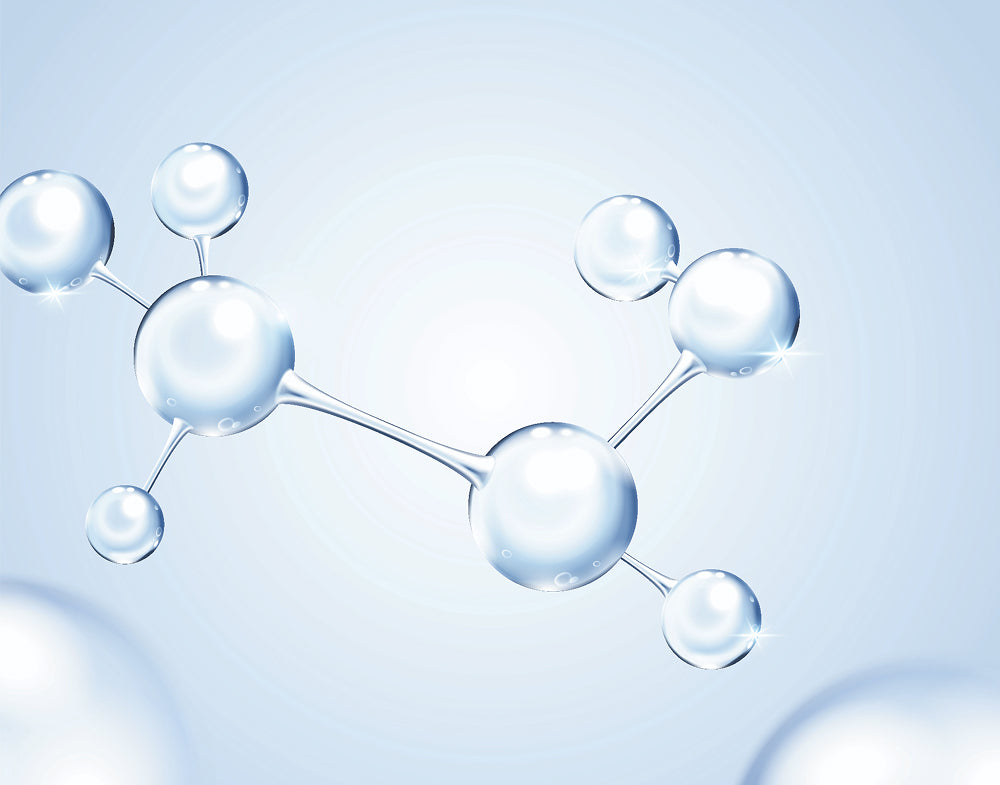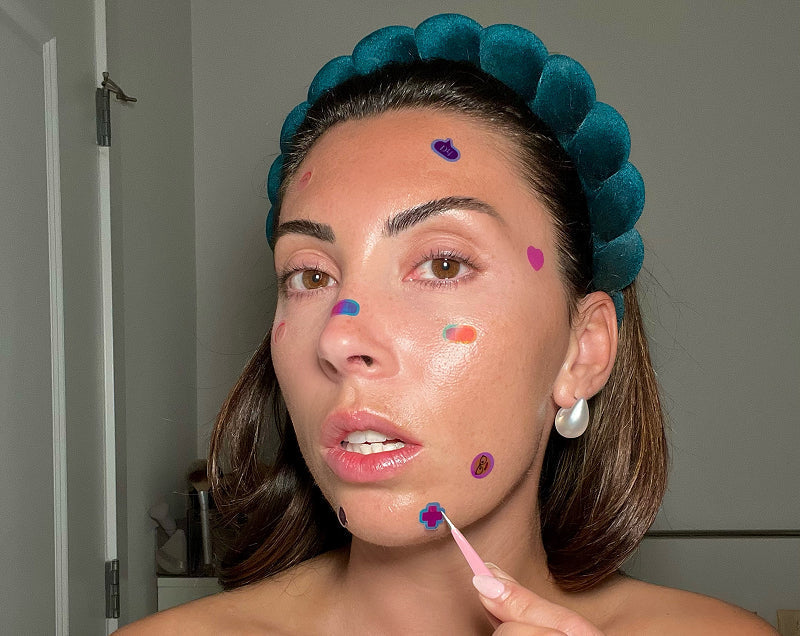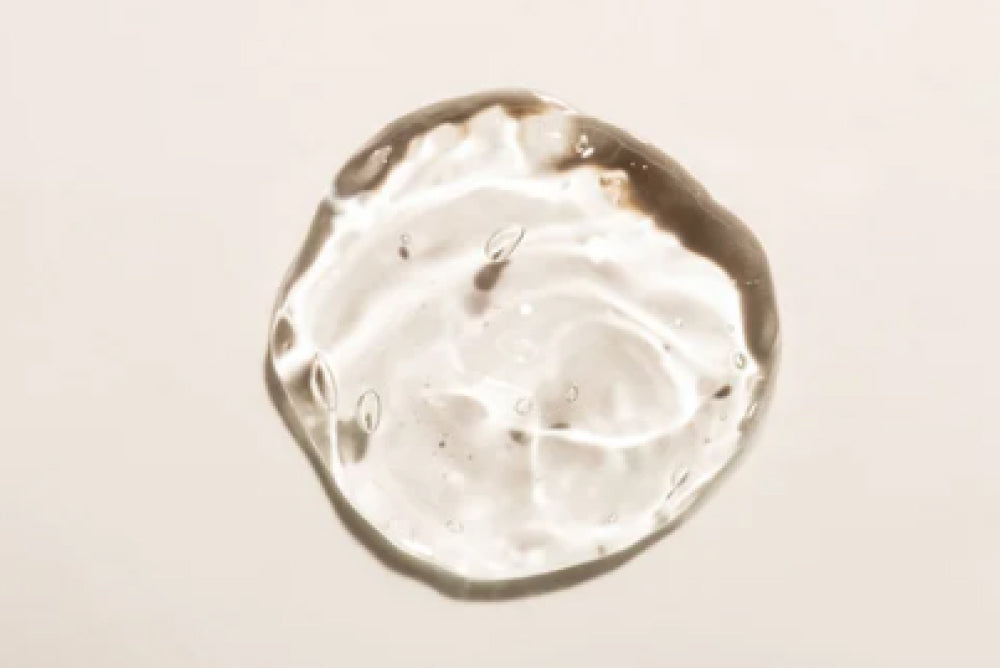Peptides are everywhere in skincare right now, but not all are equal. They might sound scientific and intimidating, but what do they actually do for your skin, and are they worth your money? Let’s cut through the noise and break down the peptide science so you can focus on what really works.
(Prefer to watch? Dr. Shereene Idriss explains all of this in her video: Peptides in Skincare – Worth the Hype?)
What Are Peptides in Skincare?
At their core, peptides are short chains of amino acids—the building blocks of proteins like collagen, elastin, and keratin. Think of them as tiny messengers that tell your skin what to do. Depending on the type, they might nudge your skin to repair itself, ramp up hydration, encourage firmness, or even help brighten your overall tone.
But here’s the catch: not all peptides are created equal. The right ones, in the right formulations, can actually do work. The wrong ones? Just expensive filler.
The Benefits of Peptides for Skin
People love peptides because they multitask. Certain peptides stimulate collagen, helping skin look plumper and firmer. Others support the skin barrier, making it more resilient to irritation while locking in hydration. Many have anti-inflammatory properties, which can calm redness and soothe sensitive complexions. And then there are targeted peptides with very specific effects: Hexapeptide-2, for example, helps brighten and even out skin tone, while Argireline (acetyl hexapeptide-8) works on expression lines, earning its nickname as a “Botox-like” peptide.
-
Collagen stimulation → plumper, firmer skin.
-
Skin barrier repair → less irritation, better hydration.
-
Anti-inflammatory effects → calmer, less red skin.
-
Targeted perks:
-
Hexapeptide-2 → brightens and evens tone.
-
Argireline (acetyl hexapeptide-8) → relaxes expression lines (a.k.a. the “Botox-like” peptide).
The Different Types of Peptides in Skincare
Peptides come in families, and knowing which is which helps you understand what they actually do.
Signal peptides are like motivational coaches for your skin, encouraging collagen and elastin production. Popular examples include Matrixyl (palmitoyl pentapeptide) and oligopeptides, both widely used in firming and anti-wrinkle products.
Carrier peptides act as delivery drivers. They transport trace elements, such as copper, that are essential for repair and healing. The best-known is GHK-Cu, a copper peptide beloved for its skin-strengthening benefits.
Enzyme-inhibitor peptides work like security guards, blocking the enzymes that break down collagen and elastin. A common one is Tripeptide-1, which helps preserve the skin’s structure over time.
Neurotransmitter-inhibitor peptides are where the “Botox-like” buzz comes in. These peptides, like Argireline, help relax the tiny muscle contractions that contribute to fine lines, especially around the forehead and eyes.
Finally, there are specialty peptides, which target unique concerns. One standout is Hexapeptide-2, a peptide that helps to brighten and even out skin tone while improving the appearance of fine lines. You’ll find this one in Dr. Idriss Active Seal, our brightening peptide moisturizer.
Nerdy Tip: A good rule of thumb: if you see “-peptide,” “hexapeptide,” “tripeptide,” “palmitoyl,” or “oligopeptide” on a label, chances are you’re looking at a peptide.
Best Peptide Skincare Products to Try
If you’re curious to experiment, here are some products that feature well-chosen peptides and actually deliver on their claims:
-
Dr. Idriss Active Seal, which uses Hexapeptide-2 with Vitamin C to even out skin tone, fade the appearance of dark spots, and protect the skin barrier while reducing the appearance of fine lines.
-
Peter Thomas Roth Peptide Skinjection™ Amplified Wrinkle-Fix Serum combines Matrixyl and Argireline to tackle fine lines while boosting firmness.
-
Murad Targeted Wrinkle Corrector relies on Argireline to soften expression lines.
-
Skinfix barrier+ Triple Lipid Brightening Cream uses peptides to reinforce the barrier while brightening.
-
iris & Romeo Skin Cocoon Barrier Repair Glow Serum harnesses Tetrapeptide-2 for a plump, radiant finish.
-
The Ordinary Argireline Solution 10% is a budget-friendly way to test the “Botox-like” effect on forehead and eye lines.
-
Thera 35% Dream Peptides blends three forms of Matrixyl for wrinkle support.
How to Use Peptides in Your Routine
The good news: peptides are easy to fit into your routine.
-
AM: Cleanser → Vitamin C → peptide moisturizer → SPF.
-
PM: Cleanser → Retinoid → peptide cream (to help repair + hydrate).
-
Pro move: Pair peptides with sunscreen and antioxidants for the best long-term results.
For sensitive skin types, peptides are generally well tolerated, but as always, patch testing is your friend.
The Bottom Line on Peptides
Peptides aren’t miracle workers, but they’re absolutely worth considering in the right formula.
At the end of the day, don’t get lost in the marketing—focus on the specific peptide and how it fits into the overall formulation. That’s how you know a product is truly worth the hype.
Shop smarter with our Active Seal Hexapeptide-2 moisturizer or shop the full Major Fade Solution System for the complete dark spot fighting routine.
And if you’d like to hear it straight from Shereene herself, check out the full video: Peptides in Skincare – Worth the Hype?.






